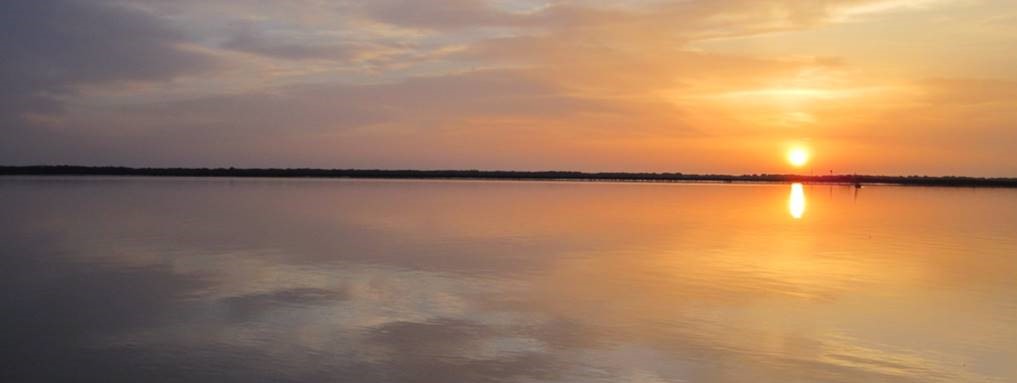
In September 2021, the project of the Spanish Institute of Oceanography (IEO-CSIC) “Science for nature and society aimed at ecosystem management of the Guadalquivir-Gulf of Cadiz estuary” (SNAPQUIVIR) started. This has been funded by the Ministry of Science and Innovation within the call for “research challenges”. It will have a duration of 4 years and its main objective is to create a framework for analysis and support for decision-making to achieve management based on the socio-ecologically balanced ecosystem, using social analysis and co-creation techniques of models for the socio-ecosystem that makes up the Guadalquivir estuary next to the Gulf of Cadiz.
In recent years, the Guadalquivir River estuary has been the focus of attention due to the problems that afflict it. Among others we find an excessive increase in turbidity, pollution problems due to a poor water purification system or poaching that has been a recurring problem in the area that has never been solved. All this negatively affects the environmental quality of the estuary and current examples, such as the collapse of the ecological system of the Mar Menor, make urgent action to reverse this process.
The Guadalquivir estuary is recognized by scientists, conservationists and fishermen, among other sectors, as the “lung of the Gulf of Cádiz”. This is due to the fact that the meeting of the fresh water from the Guadalquivir with the salt water from the Atlantic, together with the physical characteristics of the Guadalquivir estuary, fosters a highly productive environment that is perfect for breeding and correct development of a large part of the species that inhabit it. Gulf of Cadiz. Among them, we find some commercial species with a high gastronomic, cultural and economic value such as the anchovy or the prawn.
In addition to the fishing activity carried out in the Guadalquivir River Mouth Fishing Reserve, the estuary supports many other activities. In this sense, the existing social system around the Guadalquivir estuary and the Gulf of Cadiz is really complex, since a multitude of sectors coexist with activities and interests differentiated from each other, such as fishing, agriculture, navigation, research, aquaculture or conservation among others. One of the novelties of SNAPQUIVIR lies in its commitment to the inclusion of all sectors within the management of the ecosystem, thus ensuring agreement with the management measures and thus seeking to harmonize the coexistence of these activities that are a basic pillar of the economy of the area. As a first step within the project, the researchers have carried out an analysis of the existing social networks between the different organizations, thus studying the type of relationship that unites or separates them, as well as their perception of the existing problems in the Estuary. So far, the reception of the project by all sectors has been really good, which gives the project a very positive starting point, according to the researchers themselves.
Other Andalusian research entities such as the universities of Cádiz and Seville also participate in this project led by Marcos Llope, Senior Scientist at the Cádiz Oceanographic Center. It has the collaboration of the Institute for Agricultural and Fisheries Research and Training (IFAPA) of the Junta de Andalucía and international experts belonging to the Universities of Stockholm and Washington or the Marine Institute of Ireland.
SNAPQUIVIR is also present on social networks such as twitter from where you can follow its activity: @SNAPQUIVIR.
